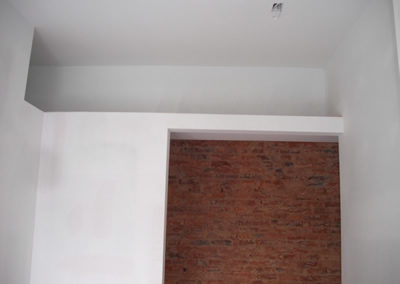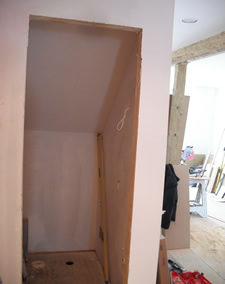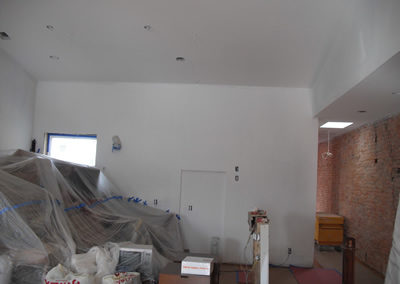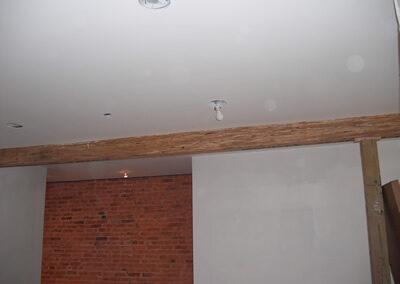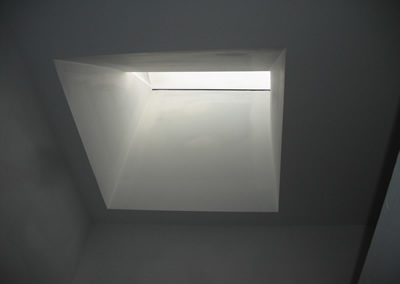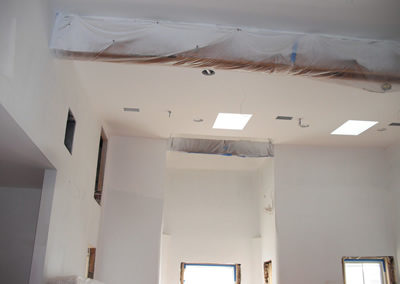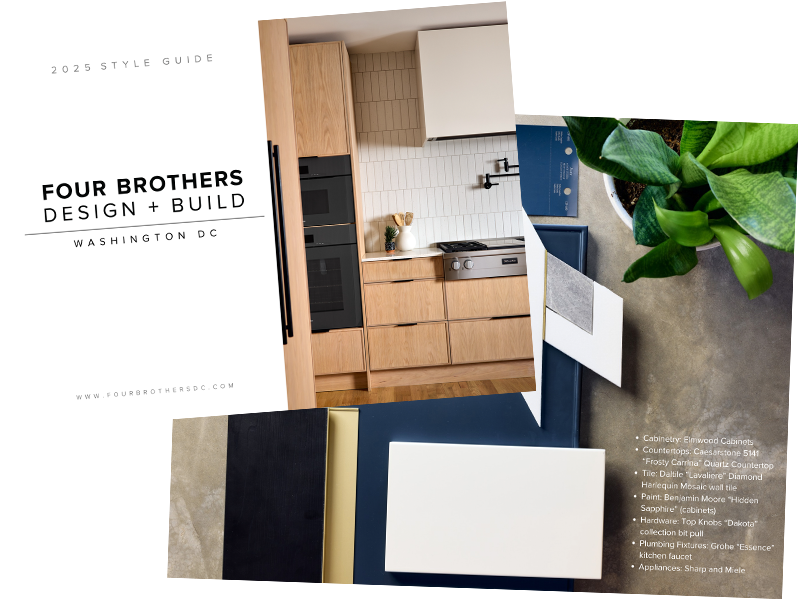During any remodeling project there are aha moments. For lack of a better definition, an aha moment can be an abrupt period of clarity where “all the pieces fall into place” or, “a light bulb suddenly flashes on in your head.” Typically, the first aha moment during the actual construction phase of a project occurs once demolition is complete. It is always interesting to observe the progression of emotions – shock, disbelief, surprise, and ultimately joy – that play across the homeowners face when they return home from work to discover what was her fully furnished kitchen or bath just hours ago, utterly demolished.
Once demolition is finished however, the following days of framing, rough-ins, layout and insulating can seem uneventful. To the untrained eye, it may even appear that the remodel has stalled completely. This changes quickly once close-in inspections are complete and the wall board goes up. This step in the project almost always produces the second and most exciting aha moment. Within a day, seemingly random framing, wiring, insulation, and exposed plumbing pipes are transformed into actual bedrooms, bathrooms and kitchens. This is often the first time that a homeowner can truly get a feel for the new layout of her home.
Loosely defined, drywall (also called wall board or sheetrock) is gypsum that is squeezed between two panels of paper. Sold in 4×8 foot sheets, drywall became popular in the late 1950’s (replacing lathe and plaster which is described here), as it could be used to quickly create smooth, seamless walls over framing. Sheets are nailed or screwed to walls and ceilings, and the joints then taped and skimmed with plaster. Typically, two or three coats of plaster are needed to obtain smooth joints, which are then sanded with fine-grit sandpaper. Generally, sheetrock is 1/2-inch thick, but in certain areas of the house where fireproofing is a concern, building code calls for thicker 5/8-inch sheets to be used. In areas that will be exposed to water such as kitchens and bathrooms, water resistant drywall (often called green board) should be used.
At 753, our crew of hangers hung all the wall board on both floors in a day. The finishers taped, plastered, and sanded both floors over the course of the following three days (time is needed between each skim coat to allow the plaster to dry). Once all the joints were sanded, we sprayed all walls and ceilings with a coat of white primer. This brings out any dings, dents, or other defects, which were skimmed and sanded again.
